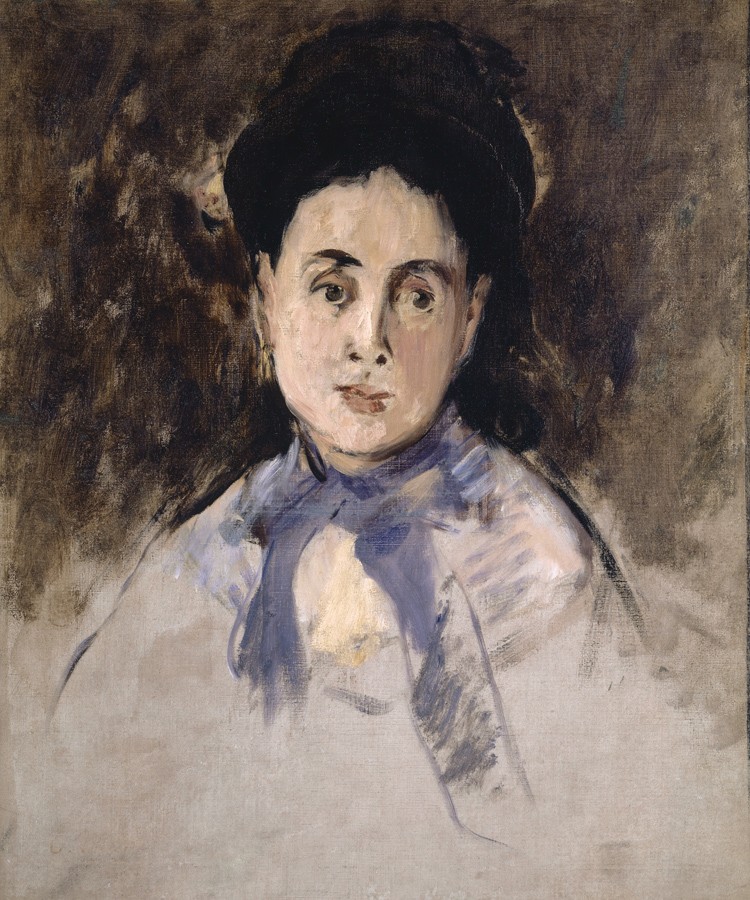Each week for the duration of the exhibition, we’ll focus on one work of art from Renoir and Friends: Luncheon of the Boating Party, on view October 7, 2017-January 7, 2018.
Critic and collector Charles Ephrussi was vital to Pierre-Auguste Renoir’s emerging reputation at the time leading up to the creation of Luncheon of the Boating Party. Born in Odessa (formerly Russia, now Ukraine) in 1849 to a family of grain exporters who became international bankers, Charles Ephrussi studied there and in Vienna, arriving in Paris in 1871. Almost immediately his travels, studies, and friendships led him to collecting, beginning with Italian Renaissance works, 16th-century tapestries, and Japanese lacquer boxes; then expanding his collecting to include Meissen porcelain and 18th-century French decorative arts, while never neglecting the art of his time. He became an early and significant collector of Impressionist painting, and reviewed the Impressionist exhibitions of 1880 and 1881 for the Gazette des beaux-arts, a publication for which he became its co-owner in 1885 and its director from 1894 until he died in 1905.
Renoir and Friends features works from Charles Ephrussi’s collection, including this painting by Édouard Manet, whom Ephrussi greatly admired. Ephrussi purchased A Bunch of Asparagus for a higher price than the artist expected. In gratitude, Manet created an additional painting of a single stalk of asparagus (also in the exhibition) as a present for Ephrussi, saying, “There was one missing from your bunch.”

Édouard Manet, A Bunch of Asparagus (Une botte d’asperges), 1880. Oil on canvas, 18 1⁄8 × 21 11⁄16 in. Wallraf-Richartz-Museum & Fondation Corboud Cologne


